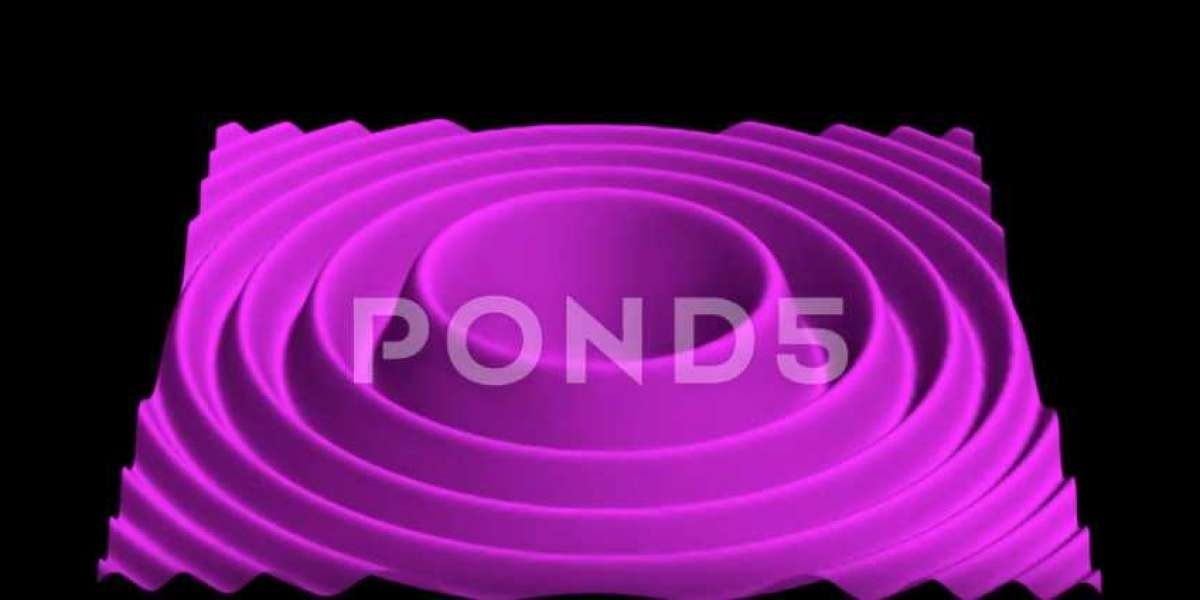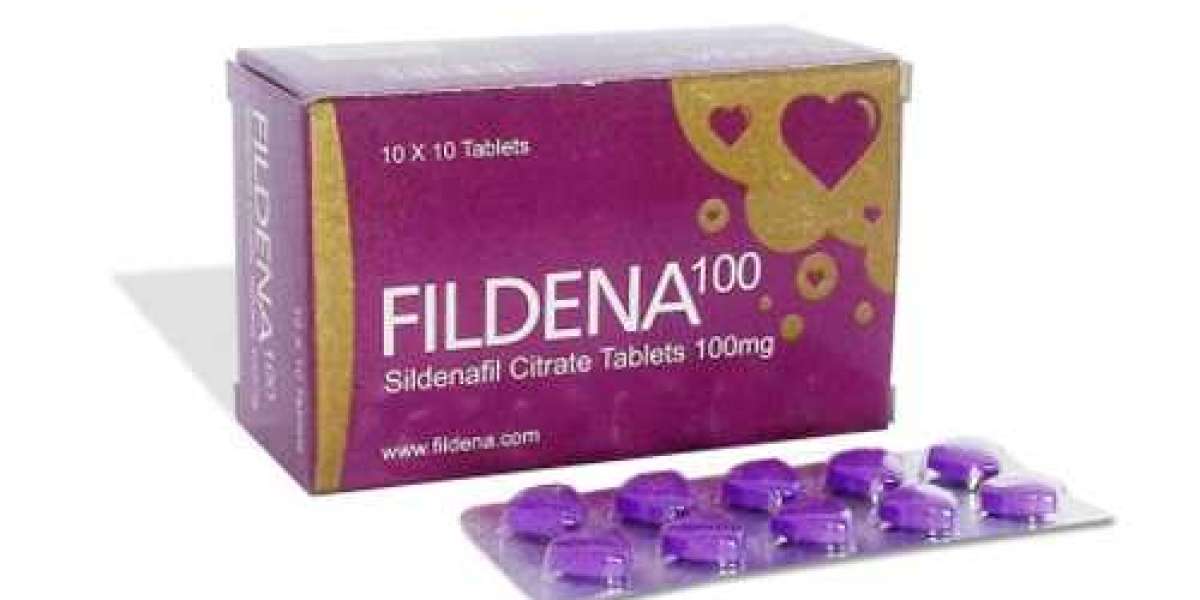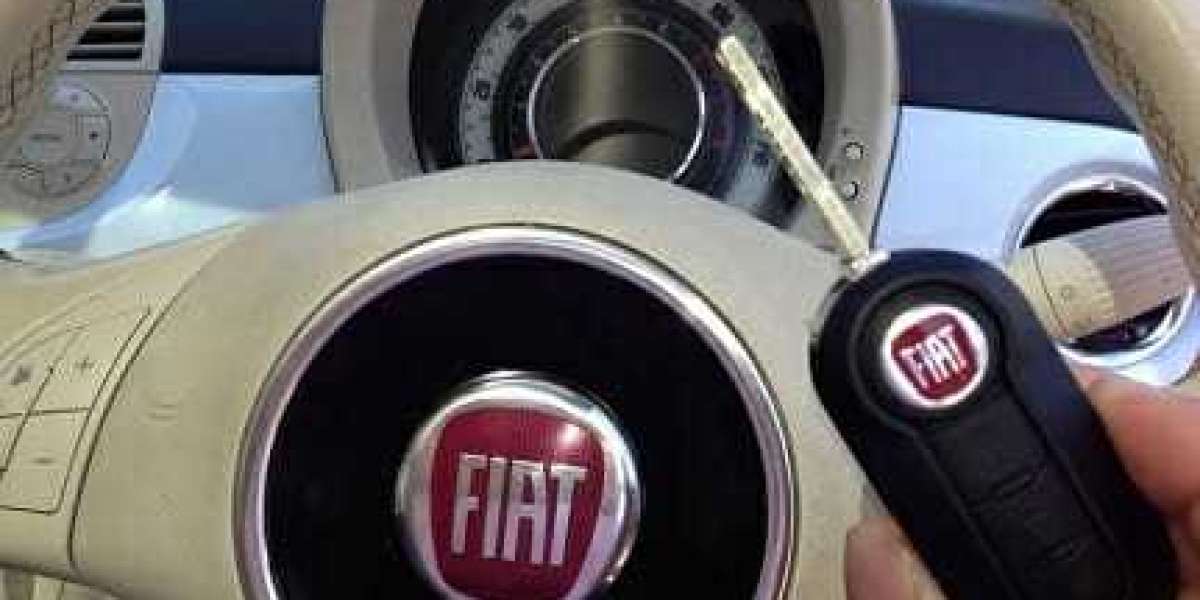3D Printed Injection Molds
The integration of 3D printing and injection molding through Freeform Injection Mold (FIM) resin, as described by RapidMade, indeed presents an innovative approach to low-volume manufacturing. This hybrid technology offers several advantages over traditional 3D printing methods:
Material Diversity and Cost Efficiency:
- By leveraging the extensive range of injection molding resins, FIM technology allows access to a broader spectrum of materials compared to 3D printing. This is crucial for meeting specific material requirements in manufacturing.
- The cost benefits of using injection molding resins for 3D printing molds can be significant, particularly when compared to the cost and limitations associated with traditional 3D printing materials.
Mechanical Properties:
- Injection molding, with its high pressure and density, produces parts with superior mechanical properties compared to many 3D printing processes. The isotropic nature of molded parts ensures consistent and reliable performance.
- The FIM process addresses the limitations of certain 3D printing methods, such as poor z-layer adhesion or low density, which can lead to structural weaknesses in the final product.
Surface Finish and Detail:
- Utilizing DLP resins like the FIM resin in the liquid vat process allows for extremely thin layers, high detail, and a smooth finish. This results in molded parts with a level of detail and surface quality comparable to SLA 3D printing.
- The ability to translate textures from the digital file to the mold enhances the aesthetic appeal and functionality of the final molded parts.
Lead Time Reduction:
- The capability to print molds overnight accelerates the overall production timeline. This rapid turnaround time can be a critical advantage in meeting tight project schedules and responding swiftly to market demands.
Customization and Prototyping:
- FIM technology enables quick and cost-effective production of custom molds, making it an ideal solution for prototyping and low-volume manufacturing. This can be particularly advantageous for industries requiring rapid iterations and customization.
While FIM presents a promising hybrid approach, it's important to continue refining the technology and exploring its potential applications across different industries. As with any emerging technology, ongoing developments and feedback from users will likely contribute to further advancements in the integration of 3D printing and injection molding.
Wall Thickness Guidelines:
- Maintain a consistent wall thickness ranging from 0.060″ to 0.200″ for optimal part quality.
- Apply fillets to sharp edges and joints to reduce stress during shrinkage, preventing warping caused by concentrated mass contraction.
Parting Line and Draft Angles:
- Carefully consider mold separation to avoid interference or undercuts, which hinder part removal.
- Implement a half-degree draft angle and ejector pins for efficient part ejection in repeat production molds, minimizing upfront engineering costs.
Ribs and Gussets for Enhanced Strength:
- Utilize ribs to enhance part strength and stiffness, allowing for thinner walls and reducing material use and cooling time.
- Design ribs and gussets to be 50-60% of the wall thickness to improve dimensional stability, minimizing issues like sink without adding extra cost.
Tolerancing and Limitations:
- Acknowledge that 3D printing accuracy is not on par with machining; printed molds typically hold tolerances between 0.010″ to 0.015″, compared to 0.001″ to 0.005″ for milled production molds.
- Account for resin shrinkage in molding processes, adjusting for additional part variance. For highly demanding drawings, post-machining may be necessary.
Finish Options and Limitations:
- Understand that 3D printing for molds has limited finish options compared to traditional methods.
- In-model textures are effective, but customers need to provide them, as chemical etch finishes offered by conventional injection mold tooling companies may not be available.
Ongoing Developments:
- Stay informed about additional technical process information, which will be validated and published in the near future.
- Recognize that this is a dynamic and evolving process, and ongoing advancements may bring new possibilities and refinements.








